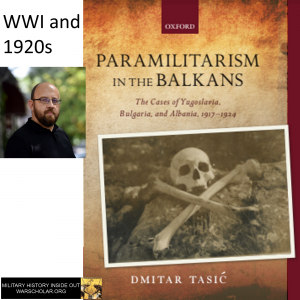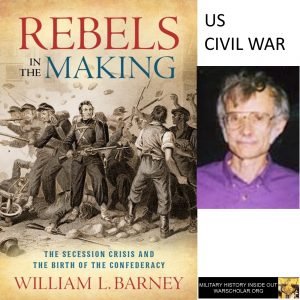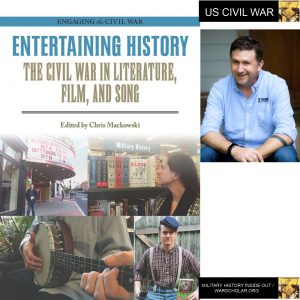Podcast: Play in new window | Download
Subscribe: RSS

Dmitar Tasic interview about his WWI and 1920s military history book “Paramilitarism in the Balkans”
Check out this book here https://amzn.to/3jlpFQP
Interview Timeline
Dmitar Tasic studies and teaches Balkan history. He’s recently published a book on his studies of the paramilitary groups that existed in Yugoslavia and surrounding regions during WWI and into the 1920s. We spoke about the subject and the book.
(THE AUDIO PLAYER IS AT THE BOTTOM OF THE POST.)
0:45- Dmitar explains how he got interested in paramilitarism in the Balkans.
2:27 – Dmitar explains why the book covers 1917 to 1924.
6:01 – Dmitar defines paramilitary in this situation.
9:00 – Dmitar talks about the gear of paramilitary forces.
13:17 – Dmitar talks about the type of men who became paramilitaries.
16:04 – Dmitar talks about the organization of these groups and casualty numbers.
21:18 – Dmitar discusses how much democracy there was in these paramilitary organization.
25:42 – Dmitar talks about how Ottoman rule affected the development of these paramilitary forces.
31:00 – Dmitar talks about Ottoman reprisals against [the] uprisings.
33:17 – Dmitar talks how these groups were provided weapons and gear.
36:21 – Dmitar talks about what resources he used for his research.
38:07 – Dmitar talks about some of the research difficulties he had in his research because of the communist regimes.
42:24 – Dmitar talks about reading police reports about paramilitary events. He also discusses how these organizations were able to accommodate themselves with state support.
50:05 – Dmitar talks about the social activities of these groups.
54:55 – Dmitar talks about being impressed by their physical and mental strength.
1:04:33 – Dmitar can be found on academia.edu.
Links of interest
https://global.oup.com/academic/product/paramilitarism-in-the-balkans-9780198858324?cc=us&lang=en&
Contact Information
For more “Military History Inside Out” please follow me at www.warscholar.org, on Facebook at warscholar, on twitter at Warscholar, on youtube at warscholar and on Instagram @crisalvarezwarscholar. Or subscribe to the podcast on Apple Podcasts | Google Podcasts | Stitcher | Spotify Please see historyrabbithole.com for a list of my dozen or so blogs and podcasts. You’re sure to find something you like.
Guests: Dmitar Tasic
Host: Cris Alvarez
Tags: Books, audio interviews, author, academic, podcast, Oxford University Press, Modern War,
Check out this book here https://amzn.to/3jlpFQP
As an Amazon Associate I earn from qualifying purchases.


 American Civil War – An interview with William Barney about his new book Rebels in the Making, published by Oxford University Press, on Southern secession in 1860 to 1861.
American Civil War – An interview with William Barney about his new book Rebels in the Making, published by Oxford University Press, on Southern secession in 1860 to 1861. 